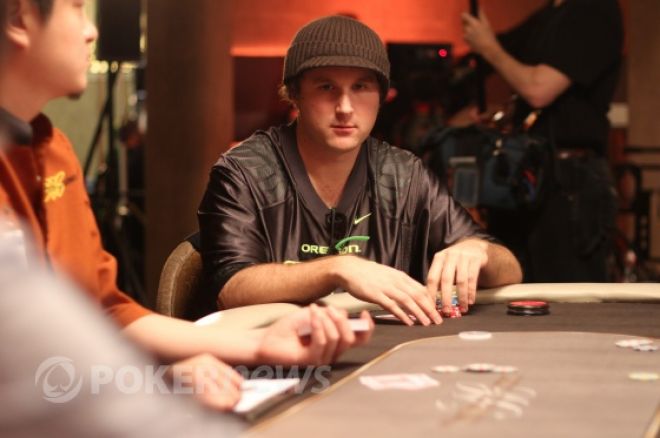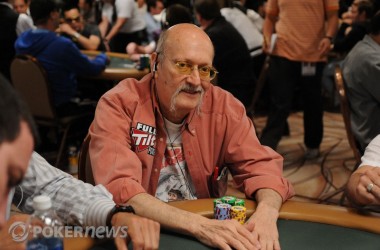The Strategy with Kristy Podcast Premiere Episode

In the premiere episode of Strategy with Kristy, host Kristy Arnett spoke with the person who single-handedly took her game, as well as dozens of other players�� games, to the next level through poker coaching. Andrew ��balugawhale�� Seidman joined the show for the first of a two-part interview. In part one, he discusses betting thought processes, as well as when to three-bet with a polarized or depolarized range.
Here is a snippet from the interview:
In our coaching you started off asking me "Why are you doing what you're doing?" This branched off into the more specific question of "Are you betting for value or as a bluff?" Can you talk about why that's important?
You can do something without knowing if it��s right and have it still be right, but you don��t have any control over the situation. Let��s say for a second that I decide that I��m going to reraise seven-deuce offsuit, and then if I get reraised from there, I��m going to go all in. Let��s say I do that, and the guy folds. I win money, and it was the right play at the time and was a good bluff because he folded. But I can do that without really knowing why or what I'm doing. This is the danger when people play poker and why the games will always be soft.
People will learn from the result of something. They��ll say, ��I led out with pocket eights on a king-seven-three board and the guy folded so it was good.�� But when you start to separate the immediate results or understand the immediate result better, you realize the need to know whether you are bluffing or value betting in order to know whether or not it��s right. Often times people misread those things. They��ll think that since their opponent folded when they had pocket eights it was a good bet. Well, maybe not. He probably had a worse hand than you. In poker, it��s not good for people with worse hands than you to fold usually.
So, to get more simple, and answer your question, we have to start with this very basic dichotomy between bluffing and value betting to understand anything that stems from there out. Everything in poker revolves around relative hand strength. If my hand is worse than my opponents, I must be bluffing. If my hand is better than my opponents, I must be value betting. Because your hand is rarely the same as your opponents, you pretty much always have to be value betting or bluffing whether or not you know which one you��re doing.
For those of us who��ve played high stakes poker, there have been times when we��ve bluffed all-in with bottom pair only to be called by ace-high. And there have been times when we have top set and shove a river but get called by a rivered gutshot straight. So, we didn��t know in those times what we were actually doing. We thought we were value betting but we were actually bluffing or we were bluffing but we were accidentally value betting.
The truth is, starting from that basic idea that we have to be doing one of the two, gets people in the right channel for thinking about things that get more and more sophisticated. From there out we start to ask other questions like, ��What sort of factors do I need to have to be value betting? How does who��s sitting at my table, my interaction with them, how deep we are, what the board is affect my ability to value bet a hand or bluff him?�� That��s how we branch off into the complexities that make up poker theory.
Tune in every Thursday for new episodes of Strategy with Kristy. Also remember, follow us on Twitter for up-to-the-minute news.








